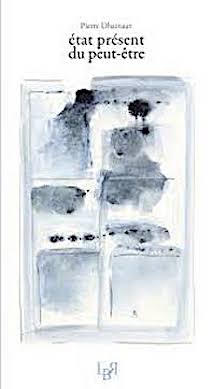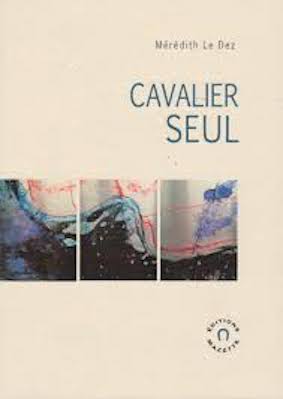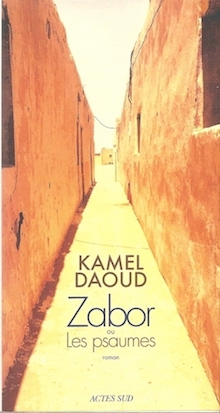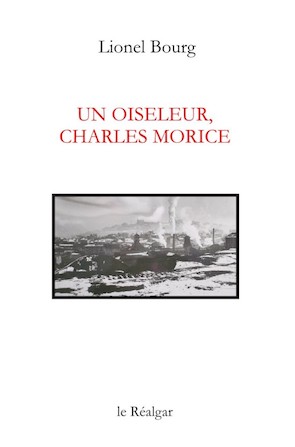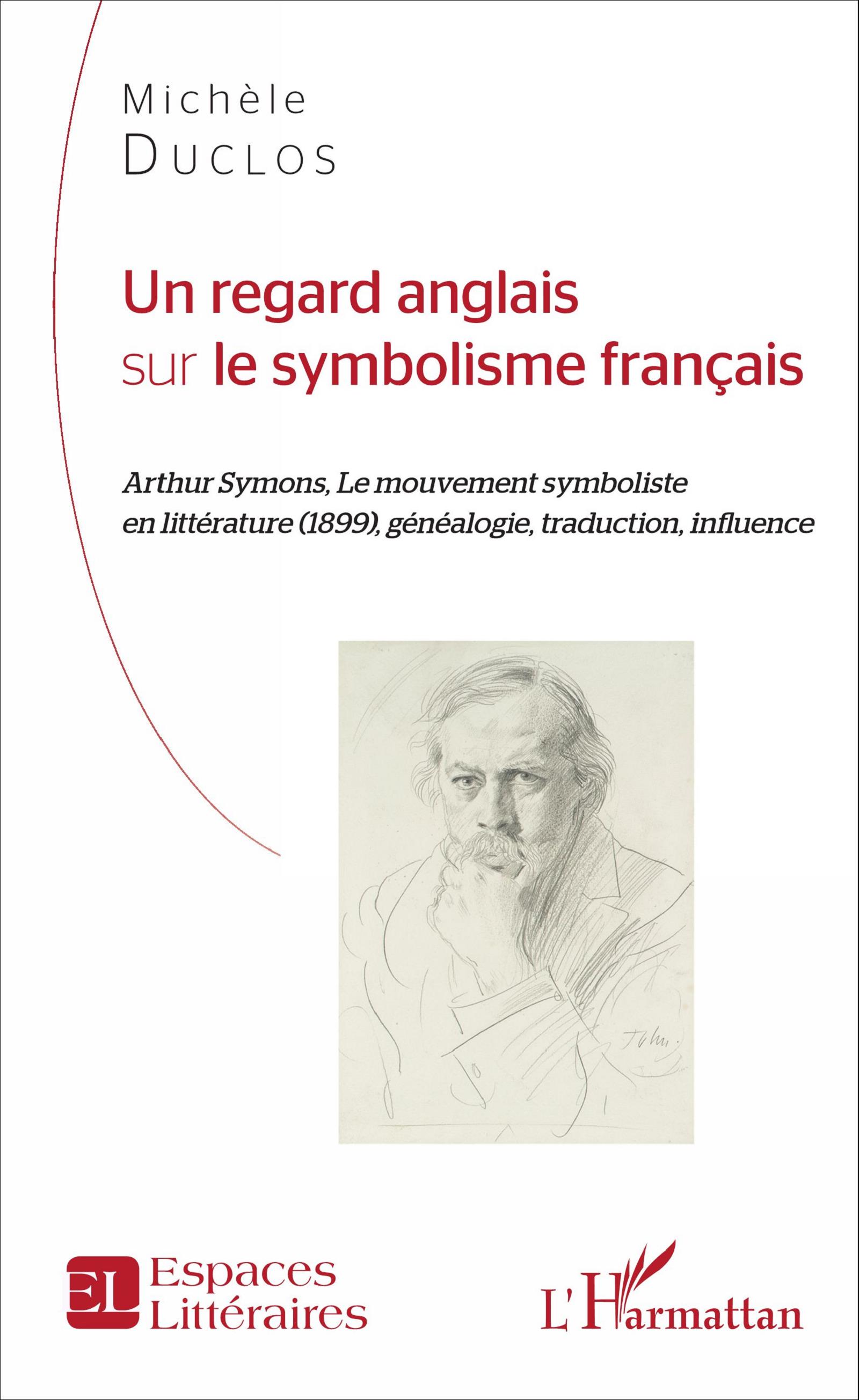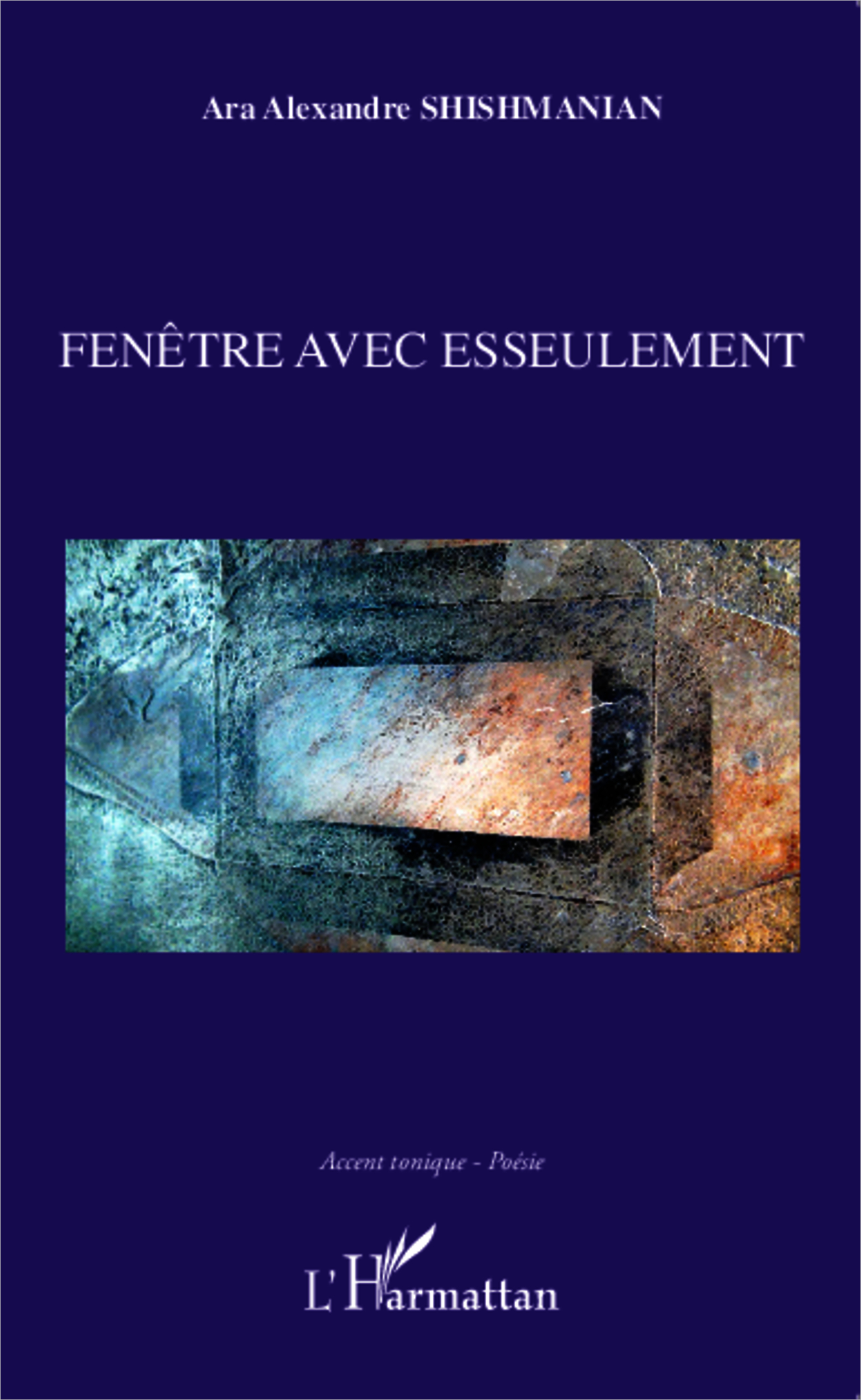The writings inspired by real or imaginary travels into exotic places have a long and fine tradition in the English literature, which is marked by well-known and cherished authors as Daniel Defoe and Jonathan Swift. It is a type of literature that gives the reader a new perspective on humans and their way of living on other meridians of the globe, different from the European and the Eurocentrist one, as a form of the humanist multiculturalism.
The book Libretos for the Black Madonna (White Adder Press, 2011) by Neil Leadbeater proposes as the critical reference of the blurb suggest. The journey is as poetical, as a undertaking rigorously organized and as a literary form. The poetic imagination is based on a mental projection carefully applied. In a way it seems to be the reply to the rock album ‘Tales from Topographic Oceans’ recorded by the British band Yes. The South-American journey takes the reader through places full of colour, quaintness or local spirituality. From a sagacious point of view, it is not only a pleasure journey, but one of initiation as well.
The volume represents a genuine trilogy with the first part, ‘Libretos for the Black Madonna’, consisting of poems dedicated to the Brazilian states, the second part, ‘Mornings in Venezuela’ dedicated to this country from the north of the continent, and the third one, ‘The Power of Falling Water’, which continues the journey through three states from Central America – Nicaragua, Costa Rica and Panama. The landscape is selectively evoked, depending on the author’s mood and sensibility. In Brazil the journey starts in the south-west region and goes through the following states: Acre, Amazonas, Roraima, Amapá, Ceará, Piaui, Alagoas, Pernambuco, Bahia, Mato Grosso, Rondônia, Matto Grosso do Sul, Minas Gerais, Espírito Santo, Rio de Janeiro, São Paulo, Paraná and Santa Catarina (leaving other states ‘unmapped’, such as the small state Paraíba). The order is not accidental and the reference point is the Basilica of the National Shrine of Our Lady of Aparecida from São Paulo, a place of introspection and prayer for thousands of pilgrims. The counterpoint and the technique of the thematic mosaic give beat and rhythm to this Brazilian journey. Elements of the Sacred and the Profane, of the Poetical and the Prosaic alternate in the 31 texts of the first part, and the author expresses poetically and with great competence the things that belong to the daily routine, as well as the ones which belong to legend, myth, surrealism. Illustrative of this poetic view is actually the text that opens the volume, The World on Fire: ‘That morning/when we landed in Acre/the air was thick with smoke — / its blank uncomprehending screen / blocked our vision / like shut Venetian blinds.’ The librettos dedicated to the Black Madonna are right next to the poetry of the contemporary street from Let’s Go on the Streets: ‘the dance music of city life / from the cafezinho bars’. The Brazilian world is explored both synchronic and diachronic. After a prosaic moment as the one from Changing Trains at Terezina, skilfully transformed into poetry, and the one with the contemporary institution UNESCO (which protects a monument of baroque art in the Pernambuco state), the author digresses – in Arrival in Bahia – the meaning of its journey from the present to the times of the Great Geographical Discoveries and to the figure of the pioneer Pedro Alvares Cabral, the one who discovered by accident the territory of today’s Baha state: ‘On Easter Wesnesday / in the year 1500 / I, Pedro Alvares Cabral, / born in Belmonte, / fidalgo to the Royal Household, / discovered by accident / this land” (…) The poetic self and the self of the historical figure evoked blend here, in an inspiring way, in an unique lyrical voice because every time the Present has to take upon itself the Past.
The poetic view takes on elements from the plastic arts and the images full of life and local colour (with hints of picturesque) alternate in the same compositional well-balanced beat in the series of poems dedicated to Venezuela: ‘In the middle of the day / our daughters return from the market. / They stand in the doorway in their sailor-girl suits. / American beauties / by witch I mean Washington apples’ (…) (San Bernardino – Domestic Interior with Girls Entering a Room). The poem Orinoco Closing distinguishes itself by the recall of the great South-American river from multiple perspectives: ‘(…)Statistic: Orinoco/-the seventh largest river in the world.//Myth: In 1498/Columbus declared it flowed direct/from the lush environs of Eden (…)”, etc.
The poetical exploration of the Latin-American world is completed, in the last part of the book, with a series of depictions that record three Central American states which were not randomly chosen. Nicaragua is a world full of contrasts which proudly proclaims itself a contemporary Parnas under the amiable look of the globetrotter – the author: ‘We are a nation of poets”, he said, “poetry/runs in the blood. It wells out / in Creole English, Nicaraguan Spanish, / Sumo, Rama and Miskito; / is as fecund as the Parque Las Madres Ocotal,/a paradise of roses (…)”(Ocotal). The Panama state, with its well-known Canal, it is plastically placed between the symbol of the ‘falling water’ (The Power of Falling Water) and the symbol of a cigar factory (At the Cigar Factory, Panama).
The book ends with a series of a small dictionary meant to shed a little light regarding the cultural references from the poems. With inspiration and talent, but also with a remarkable rigour when it comes to writing the poems, Neil Leadbeater builds, with Libretos for the Black Madonna, a poetic monument dedicated to South America as a geographical land and as a world of culture and civilisation typical for humanity.
Three poems
NEIL LEADBEATER


